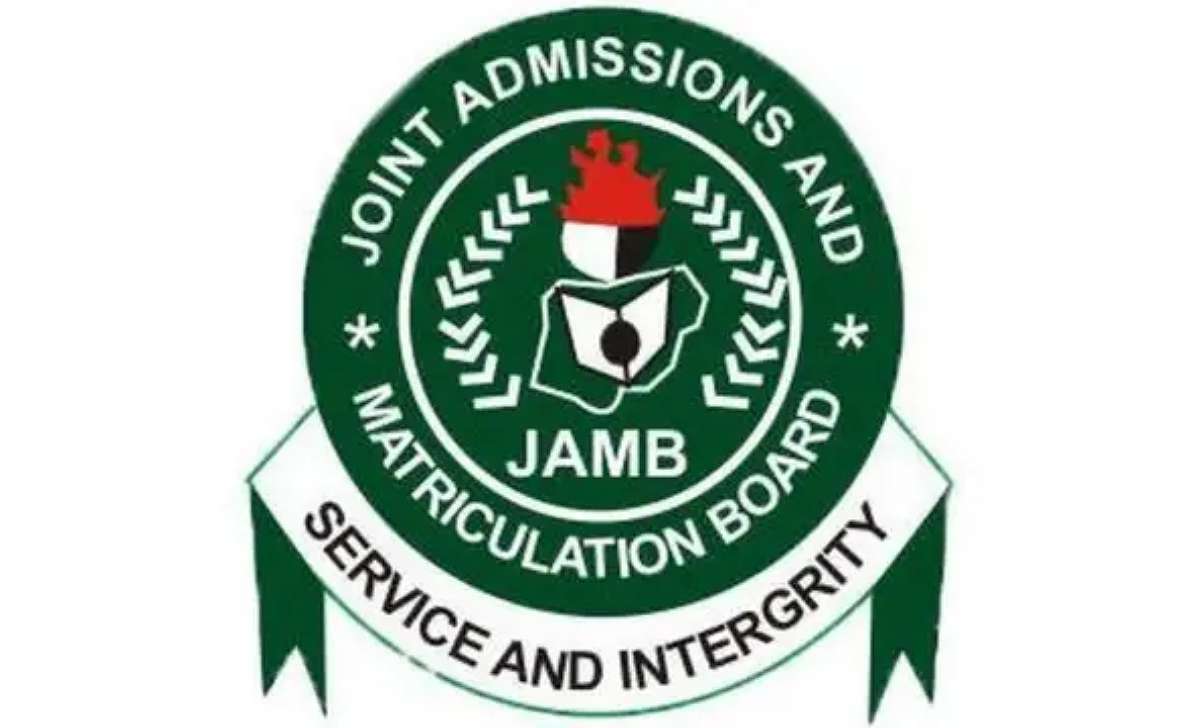This article provides a detailed overview of the JAMB Economics syllabus, including key topics, and study tips.
By following this guide, you can streamline your preparation and maximize your chances of success in the upcoming Unified Tertiary Matriculation Examination (UTME).
What is the JAMB Economics Syllabus?
The JAMB Economics syllabus is a structured document designed to help candidates prepare effectively for the UTME Economics examination. It outlines the key topics, learning objectives, and recommended resources that students must study to perform well.
This syllabus focuses on testing candidates’ understanding of economic principles, theories, and their applications.
Why is the JAMB Economics Syllabus Important?
- Focused Preparation: It helps students concentrate on relevant topics instead of wasting time on unrelated material.
- Guidance on Exam Scope: The syllabus defines the exam’s boundaries, ensuring you know what to expect.
- Efficient Study Planning: By breaking down topics, you can create a practical study schedule.
- Improved Performance: Adhering to the syllabus enhances your chances of scoring high in Economics.
Key Topics in the JAMB Economics Syllabus 2025/2026
The syllabus is divided into several sections, each covering essential aspects of Economics. Below are the key topics you should focus on:
1. Economics as a Science
- Basic concepts: wants, scarcity, choice, and opportunity cost.
- The scientific nature of Economics and its methodologies.
2. Economic Systems
- Types of economic systems: free enterprise, centrally planned, and mixed economies.
- Characteristics, merits, and demerits of each system.
3. Methods and Tools of Economic Analysis
- Scientific methods and tools for analyzing data.
- Statistical tools such as graphs, charts, and tables.
4. The Theory of Demand and Supply
- Laws of demand and supply.
- Elasticity: price, income, and cross elasticity.
JAMB Syllabus for Economics 2025/2026
| TOPICS/CONTENTS/NOTES | OBJECTIVES |
|---|---|
| 1. Economics as a science
a. Basic Concepts: b.(i) Economic problems of: b.(ii) Application of PPF to solution of economic problems. |
Candidates should be able to;
(i) compare various concepts in economics and their applications; (ii) interpret graphs/schedules in relation to the concepts; (iii) identify economic problems (iv) proffer solutions to economic problems |
| 2. Economic Systems
a. Types and characteristics of free enterprise, centrally planned and mixed economies b. Solutions to economic problems under c. Contemporary issues in economic systems (economic reforms e.g deregulation, banking sector consolidation, cash policy reform). |
Candidates should be able to;
(i) compare the various economic systems; (ii) apply the knowledge of economic (iii) proffer solutions to economic problems in different economic systems. |
| 3. Methods and Tools of Economic Analysis
a. Scientific Approach: b. Basic Tools |
Candidates should be able to;
(i) distinguish between the various forms of reasoning; (ii) apply these forms of reasoning to real life situations; (iii) use the tools to interpret economic data; (iv) analyze economic data using the tools; (v) understand the merits and demerits of the tools. |
| 4. The Theory of Demand
a. i. meaning and determinants of demand b. Types of demand: c. Types, nature and determinants of d. Importance of elasticity of demand to |
Candidates should be able to;
(i) identify the factors determining demand; (ii) interpret demand curves from demand (iii) differentiate between change in quantity demanded and change in demand; (iv) compare the various types of demand and their interrelationships; (v) relate the determinants to the nature of elasticity; (vi) compute elasticities; (vii) interpret elasticity coefficients in relation to real life situations. |
| 5. The Theory of Consumer Behavior
a. Basic Concepts: b. Diminishing marginal utility and the law c. Consumer equilibrium using the d. Effects of shift in the budget line and the indifference curve. e. Consumer surplus and its applications. |
Candidates should be able to;
(i) explain the various utility concepts; (ii) apply the law of demand using the (iii) use indifference curve and marginal (iv) relate the income and substitution effects; (v) apply consumer surplus to real life |
Study Tips for the JAMB Economics Examination
- Understand the Syllabus: Familiarize yourself with all topics and objectives outlined in the syllabus.
- Use Recommended Textbooks: Stick to textbooks recommended by JAMB for in-depth explanations.
- Practice Past Questions: Solve past questions to understand the exam format and improve speed.
- Join Study Groups: Collaborate with peers to share knowledge and tackle difficult topics.
- Schedule Regular Revisions: Review topics consistently to reinforce your understanding.
- Seek Expert Guidance: Consult teachers or mentors for clarification on challenging areas.
JAMB Syllabus for All Subjects
- * JAMB Syllabus for Agricultural Science 2025/2026
- * JAMB Syllabus for Arabic 2025/2026
- * JAMB Syllabus for Art 2025/2026
- * JAMB Syllabus for Biology 2025/2026
- * JAMB Syllabus for Chemistry 2025/2026
- * JAMB Syllabus for Christian Religious Studies 2025/2026
- * JAMB Syllabus for Commerce 2025/2026
- * JAMB Syllabus for Computer Studies 2025/2026
- * JAMB Syllabus for Economics 2025/2026
- * JAMB Syllabus for French 2025/2026
- * JAMB Syllabus for Geography 2025/2026
- * JAMB Syllabus for Government 2025/2026
- * JAMB Syllabus for Hausa 2025/2026
- * JAMB Syllabus for History 2025/2026
- * JAMB Syllabus for Home Economics 2025/2026
- * JAMB Syllabus for Igbo 2025/2026
- * JAMB Syllabus for Islamic Studies 2025/2026
- * JAMB Syllabus for Literature in English 2025/2026
- * JAMB Syllabus for Mathematics 2025/2026
- * JAMB Syllabus for Music 2025/2026
- * JAMB Syllabus for Physical and Health Education 2025/2026
- * JAMB Syllabus for Physics 2025/2026
- * JAMB Syllabus for Principles of Accounting 2025/2026
- * JAMB Syllabus for Use of English 2025/2026
- * JAMB Syllabus for Yoruba 2025/2026
- * JAMB UTME Syllabus for all Subjects 2025


